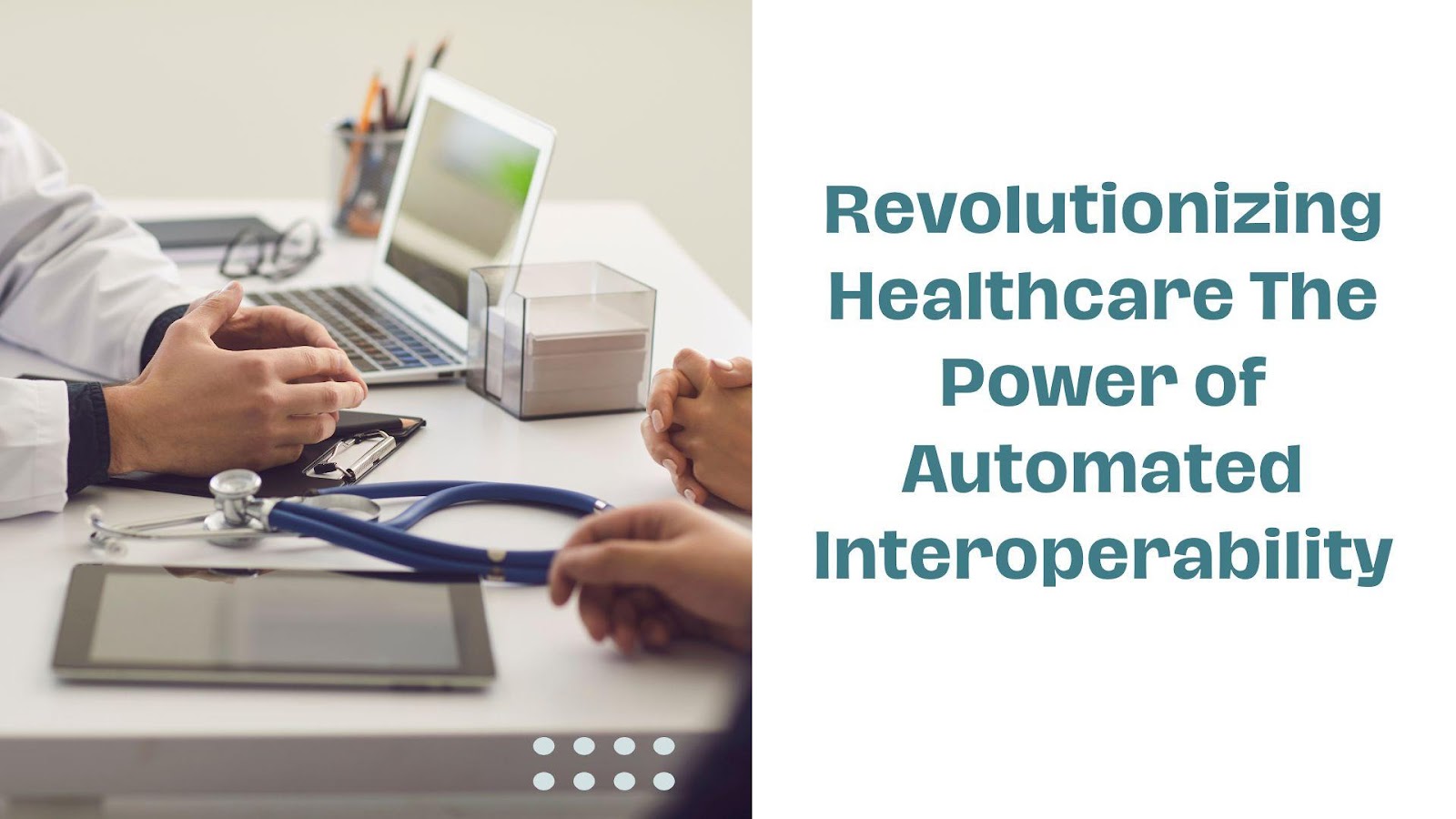In this modern era, Healthcare is undergoing a major transformation with the integration of automated interoperability systems. In a world where seamless data exchange is crucial for patient care, innovative technologies are bridging gaps and breaking down data silos. Peeyush Khandelwal, a researcher and expert in healthcare interoperability, explores how automation is enhancing efficiency, improving patient outcomes, and shaping the future of medical services.
Redefining Healthcare Interoperability
Interoperability in healthcare refers to the seamless exchange of patient data across different platforms, ensuring accessibility and usability. Automated interoperability enables real-time data sharing, reducing redundancies and ensuring providers have immediate access to crucial information. With organizations achieving a 42% reduction in medication errors and a 36% improvement in preventive care, adopting these systems is a step toward more efficient healthcare services.
The Backbone of Automated Systems
At the core of healthcare interoperability are three major technologies: HL7, FHIR, and APIs. HL7 provides a standardized framework for exchanging clinical information, reducing data reconciliation errors by 34%. FHIR simplifies data management and accelerates integration processes, leading to a 42% reduction in complexity. APIs serve as the connection between different healthcare platforms, cutting data retrieval times by 71%.
Real-Time Data Exchange for Faster Decision Making
One of the most impactful innovations in healthcare automation is real-time data exchange. Laboratory automation has reduced test reporting times by 31% and improved specimen tracking accuracy by 44%. This data flow ensures that healthcare professionals can make timely and informed decisions, improving diagnosis speed and treatment outcomes. Automation of result verification processes has enhanced accuracy, bringing manual transcription errors down by 82%.
Error Reduction and Data Integrity
Errors in patient data can lead to severe medical complications. Automated validation processes have revolutionized healthcare data management by significantly reducing manual errors and enhancing verification accuracy. Organizations that have adopted automated data integrity systems report a drop in sample identification errors from 3.7% to just 0.2%. These improvements ensure that healthcare providers rely on accurate and reliable data, fostering better patient outcomes.
Optimizing Workflows through Process Automation
Manual administrative tasks can be time-consuming and prone to errors. Automated workflows have streamlined operations, leading to a 63% reduction in manual data entry and a 41% decrease in staff overtime. Automation has optimized resource utilization, ensuring that medical personnel can focus on patient care rather than paperwork. Facilities now process over 12,000 test orders daily at a 99.1% accuracy rate.
Scalability in Healthcare Systems
As patient data volume grows, scalable solutions become necessary for efficient management. Automated interoperability platforms can handle large transaction volumes, significantly improving traditional methods. Healthcare providers processing claims daily with rapid response times highlight the robustness of these systems. The adoption of scalable architectures has improved system availability.
The Role of Standards and Collaboration
For interoperability to succeed, standardization and stakeholder collaboration are essential. Facilities that have implemented standardized messaging protocols report improved data exchange efficiency. Collaborative approaches between healthcare providers and technology developers have accelerated integration timelines and reduced post-deployment issues.
Transforming Pharmacy Integration and Claims Processing
Automated interoperability has made a remarkable impact in pharmacy systems. Electronic prescription processing has reduced medication dispensing errors and improved verification accuracy. Similarly, automated claims processing has led to faster claim handling, with most processed within 48 hours. The integration of artificial intelligence in medical billing has streamlined workflows.
Improving Patient Engagement and Public Health Monitoring
Beyond operational efficiency, automated interoperability has transformed patient engagement. Healthcare organizations implementing patient portals have reported increased adoption rates, while appointment scheduling efficiency has improved. Public health insights have also been enhanced, with automated systems increasing outbreak detection efficiency and risk factor analysis accuracy.
In conclusion, the innovations in healthcare interoperability signify a shift toward a more connected and efficient ecosystem. Automated systems have demonstrated their ability to improve patient safety, streamline operations, and optimize resource allocation. As healthcare continues to embrace technological advancements, interoperability will remain at the forefront of digital transformation. Peeyush Khandelwal’s insights underscore the importance of automation in driving healthcare forward, setting the stage for a smarter, more efficient, and patient-centered future.



































